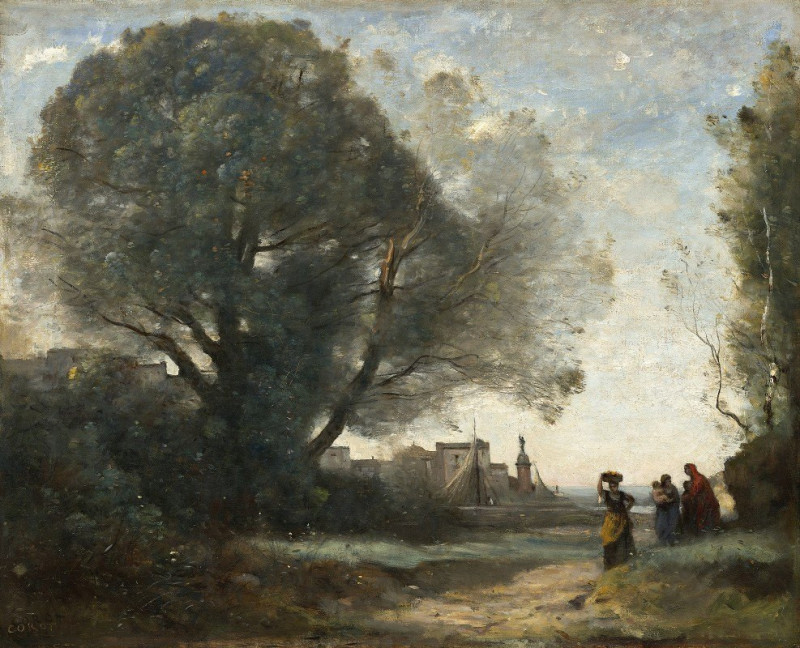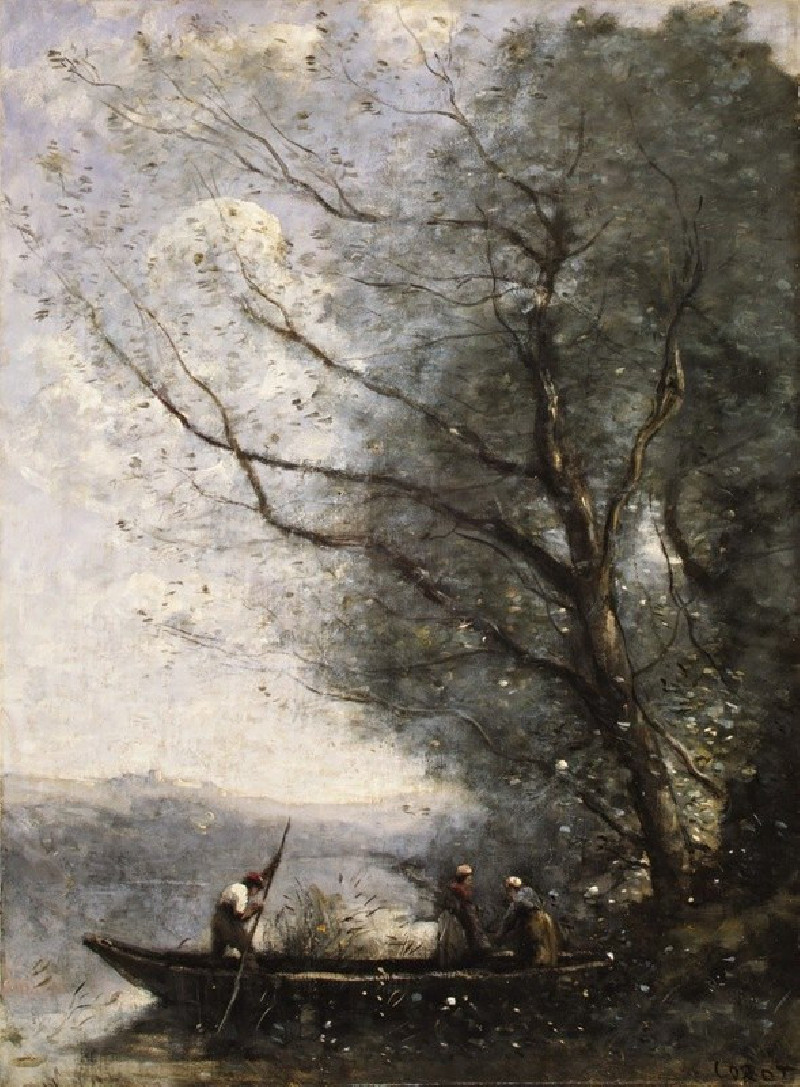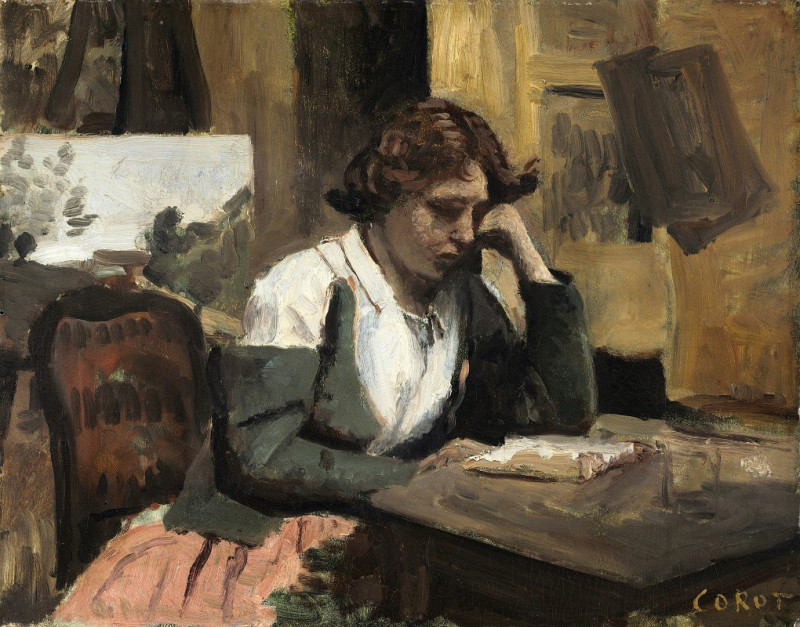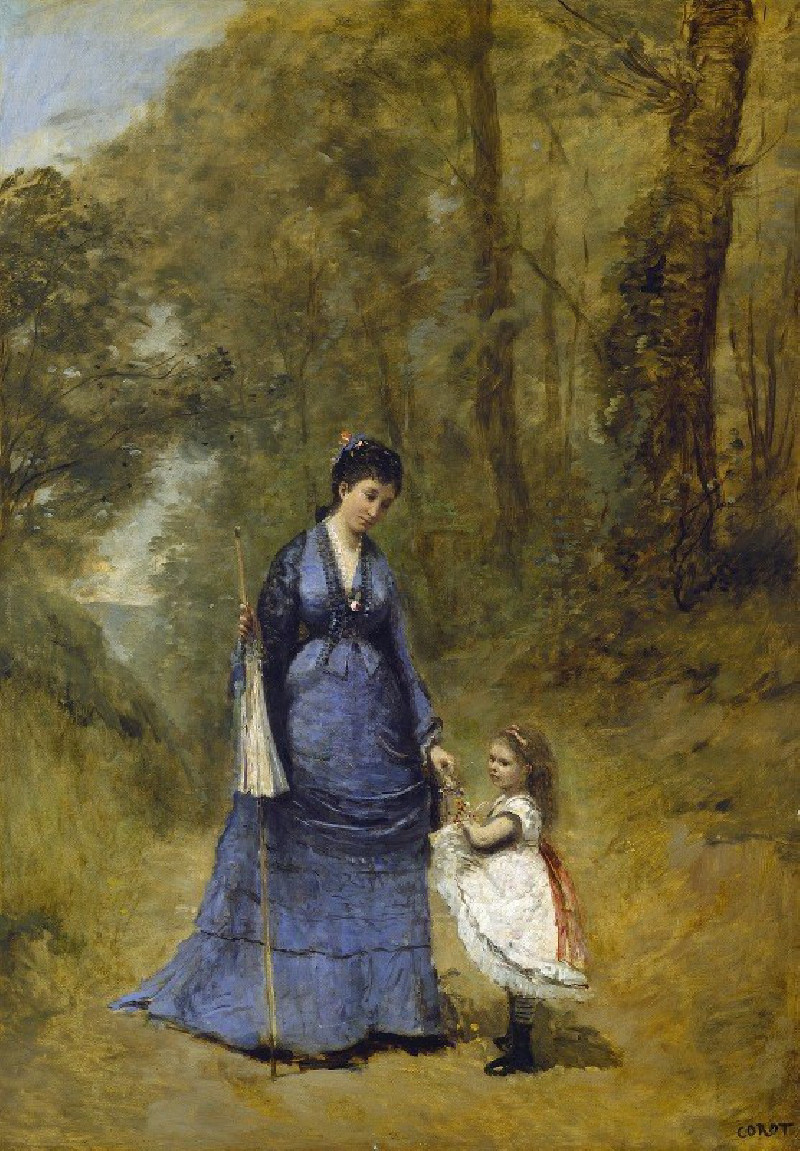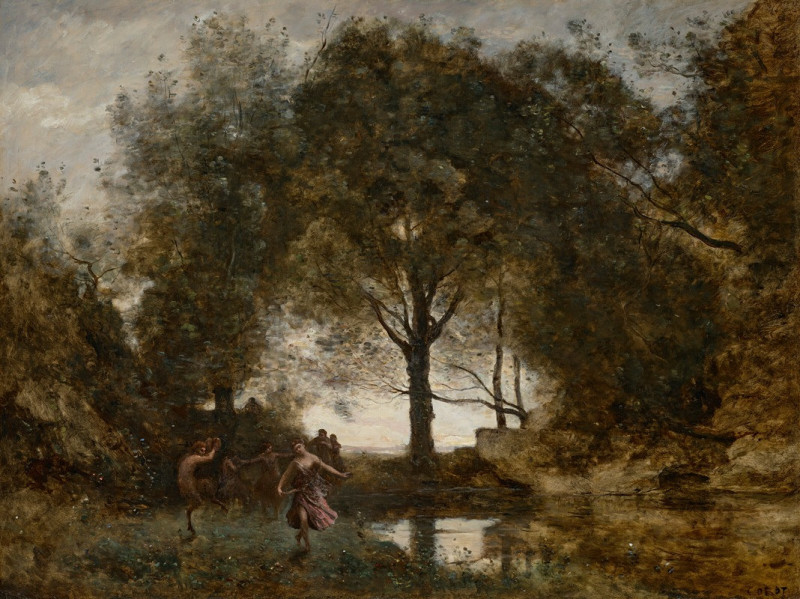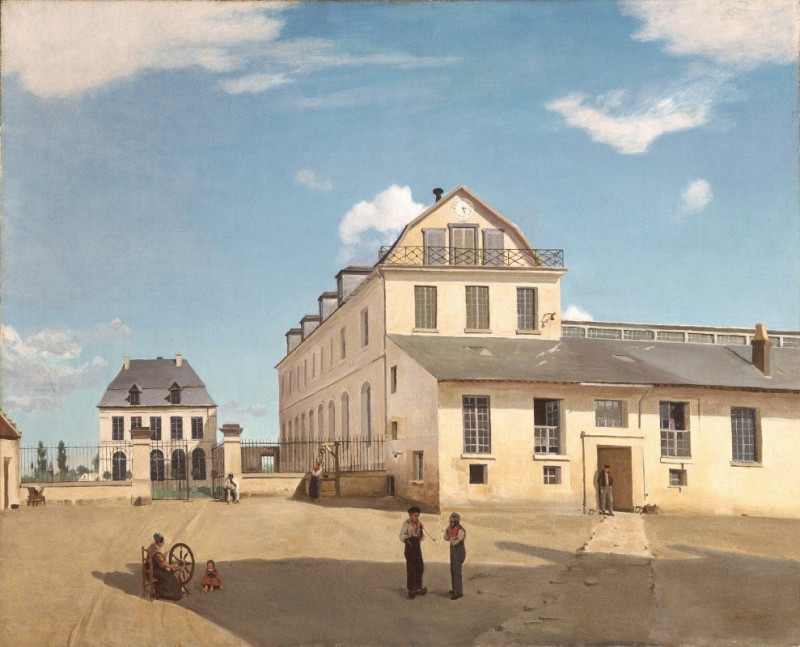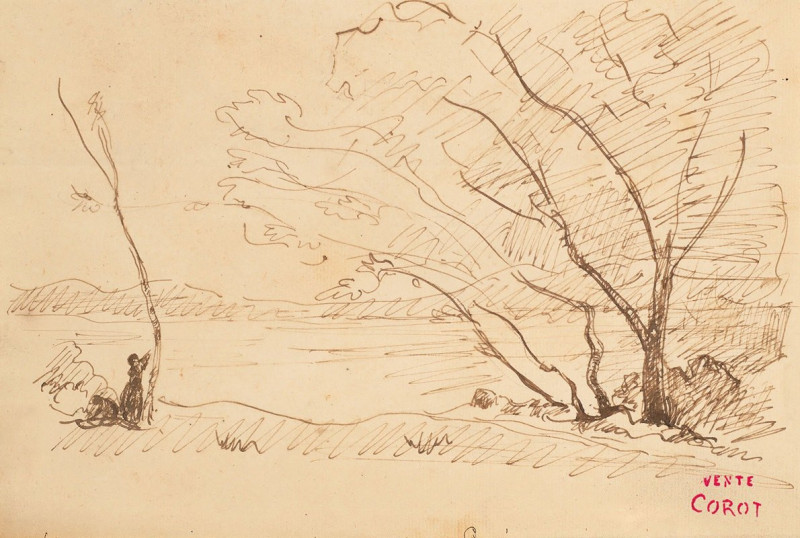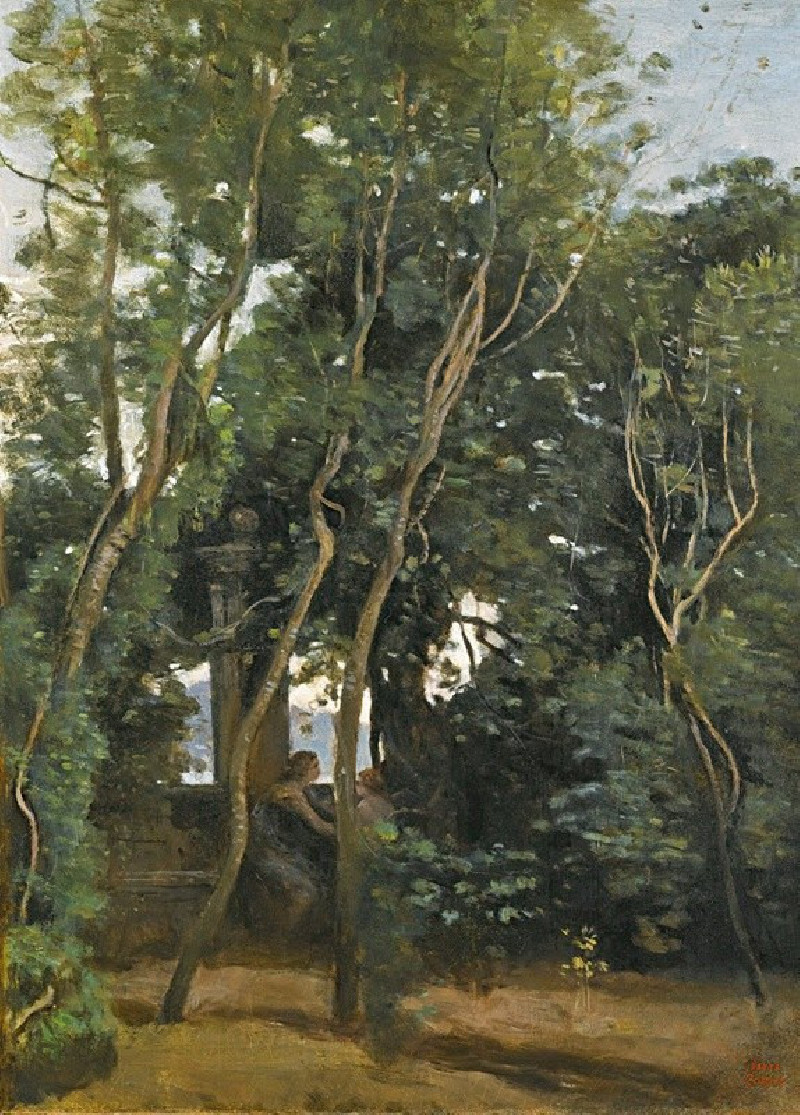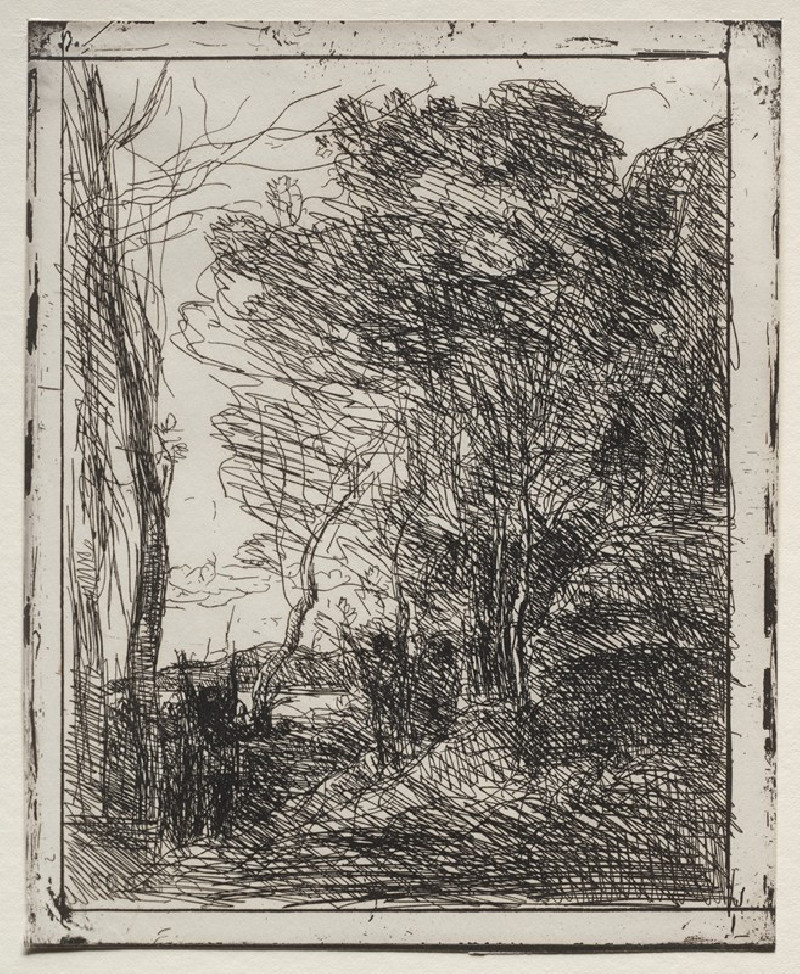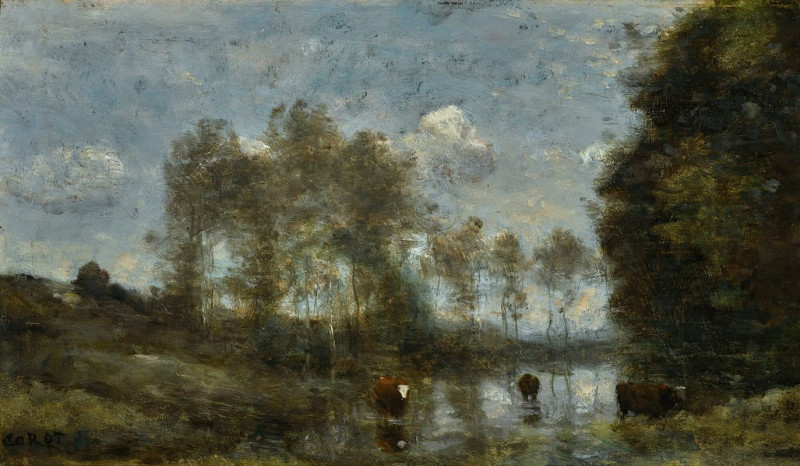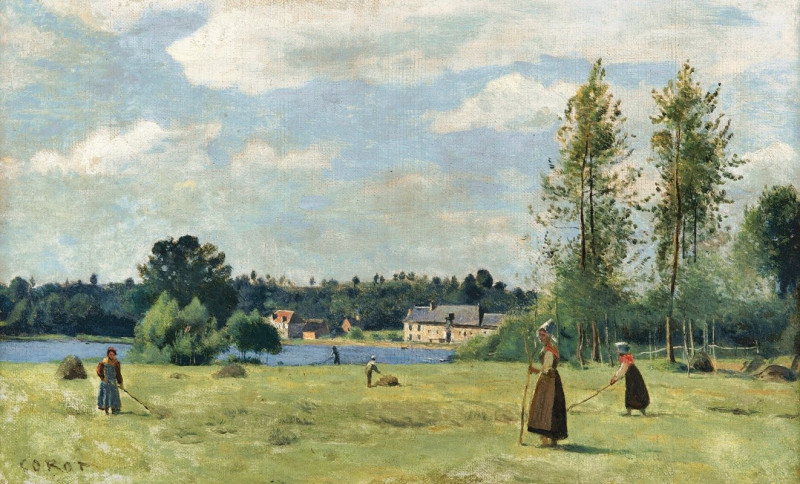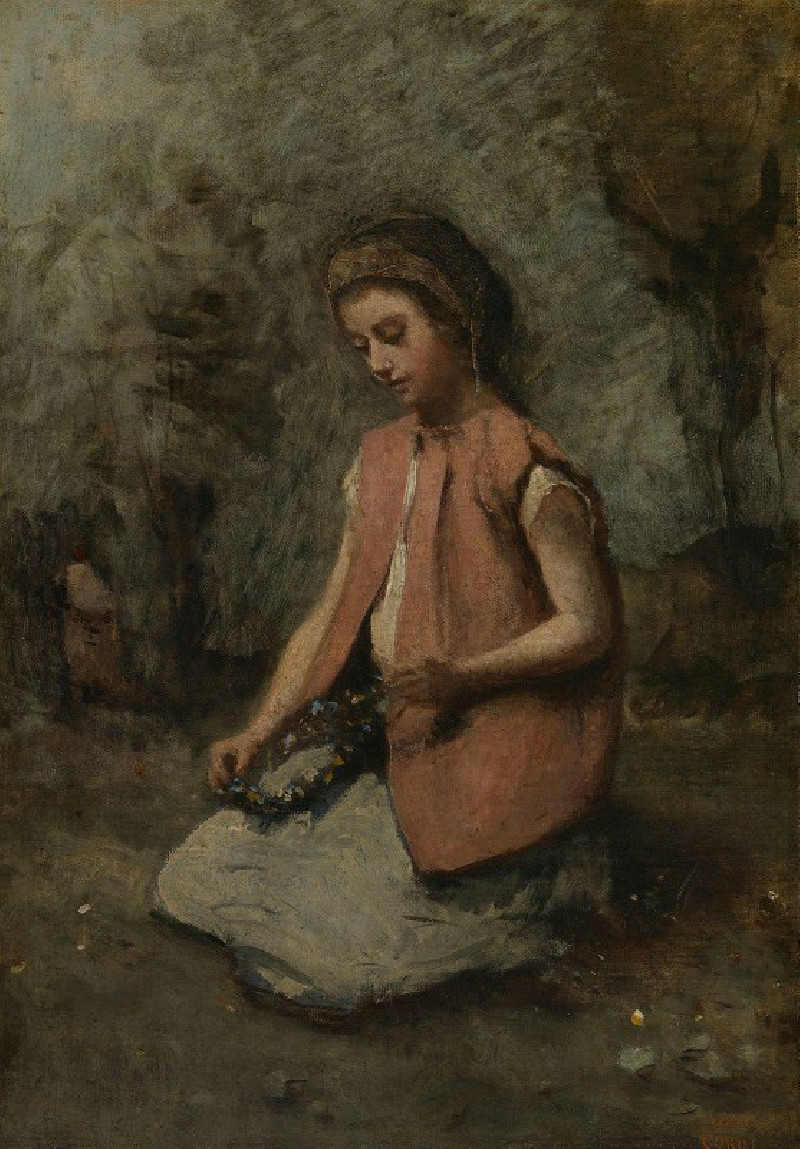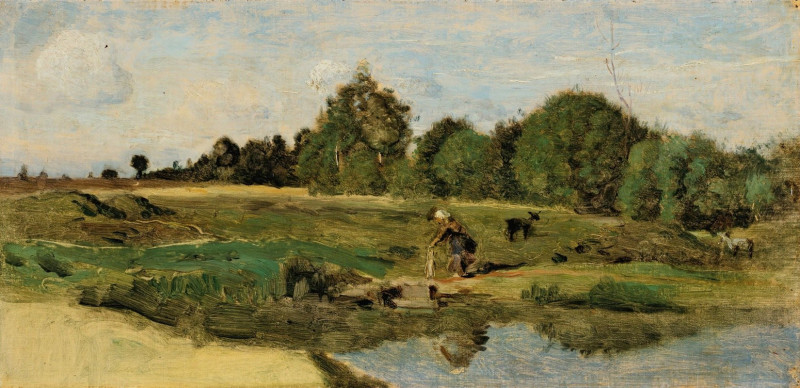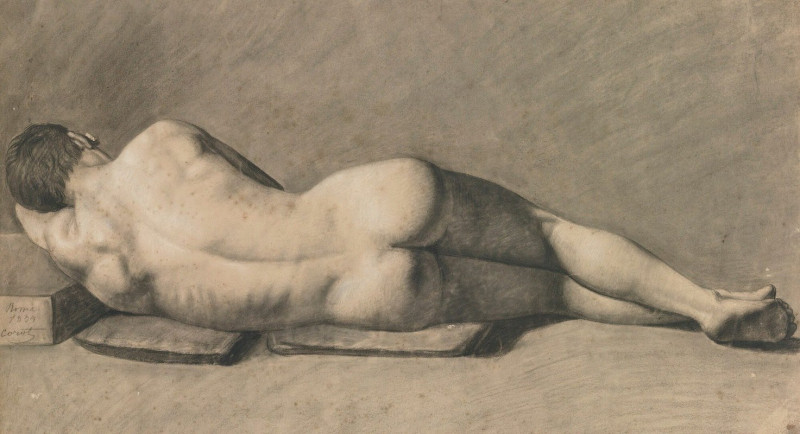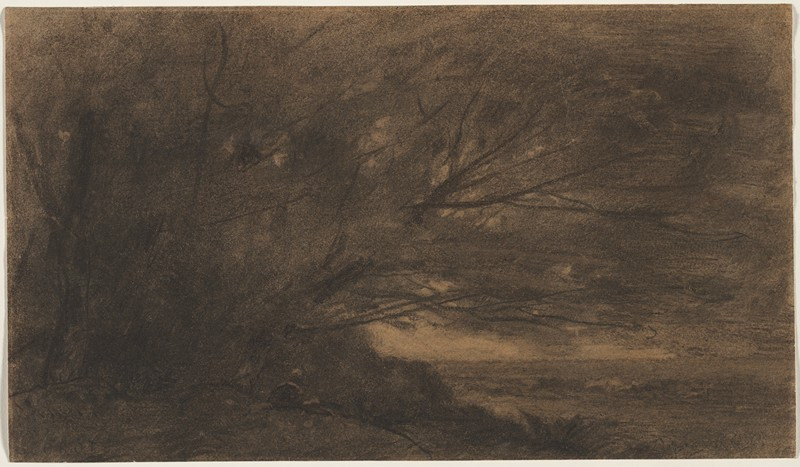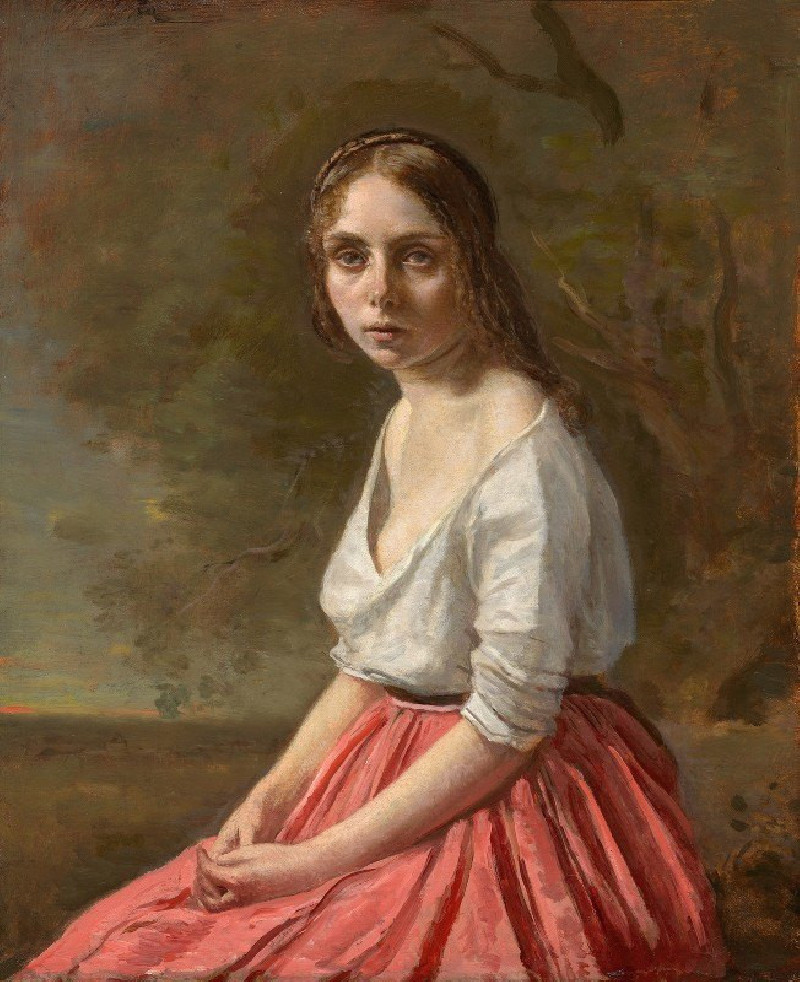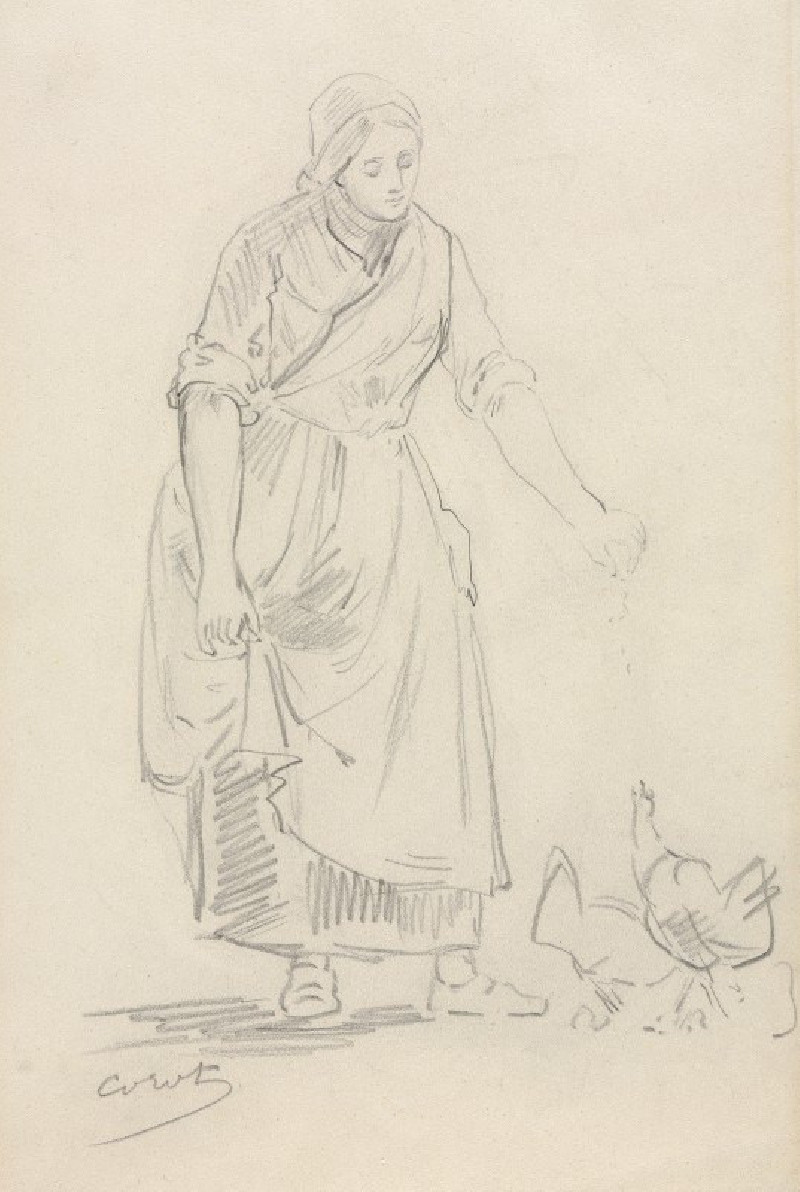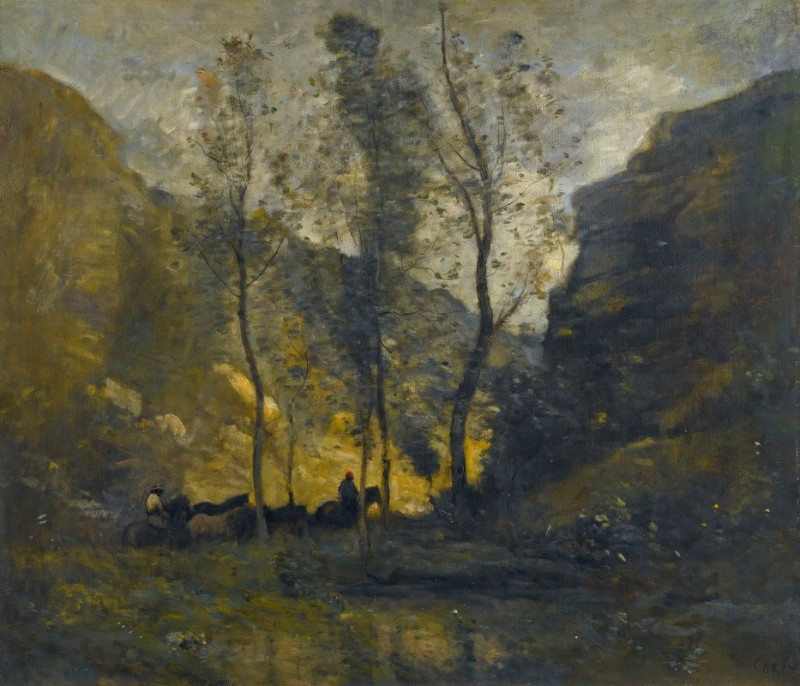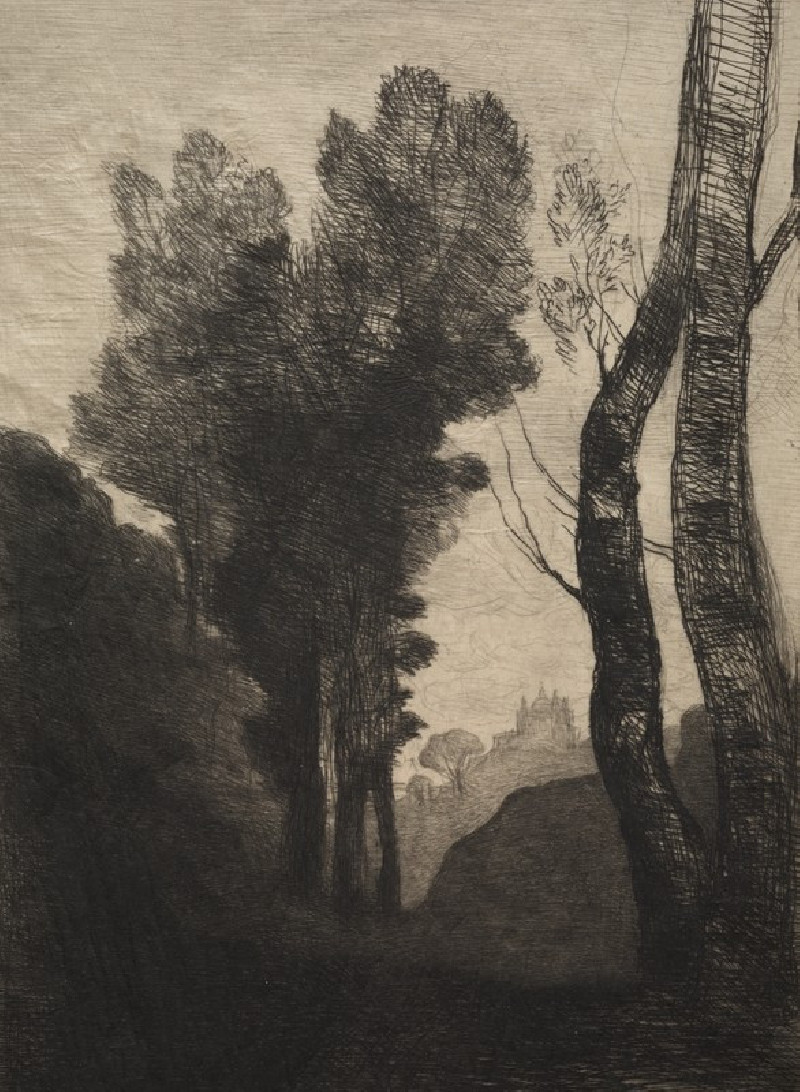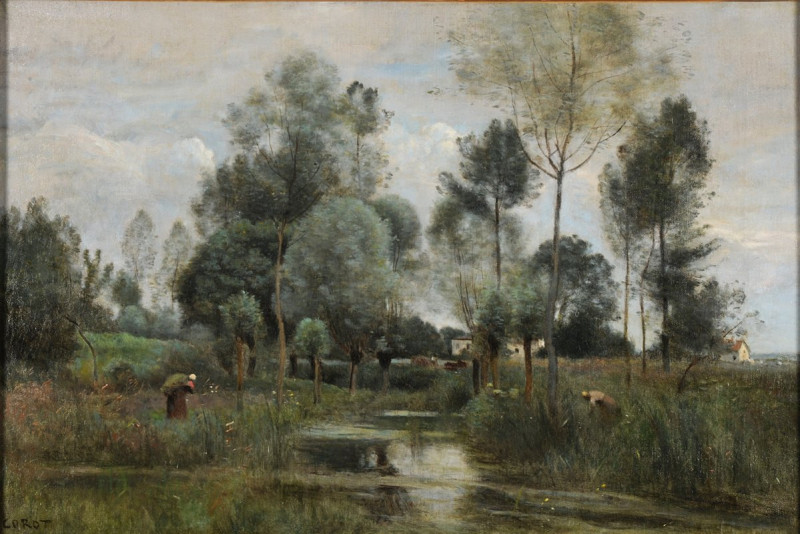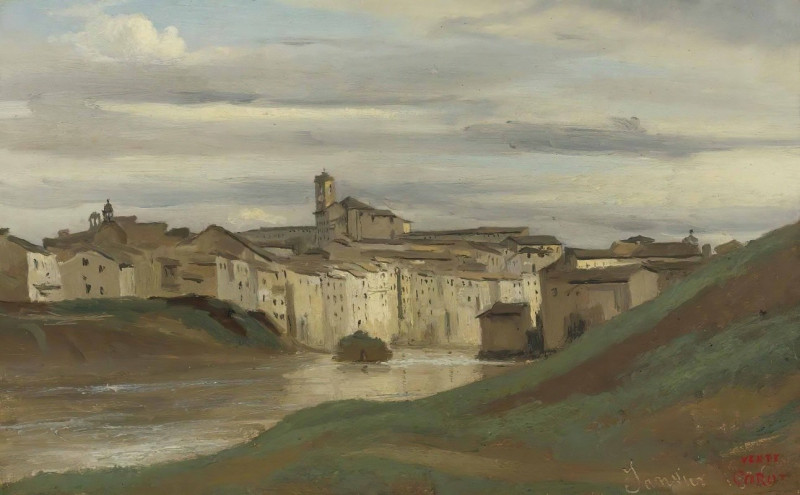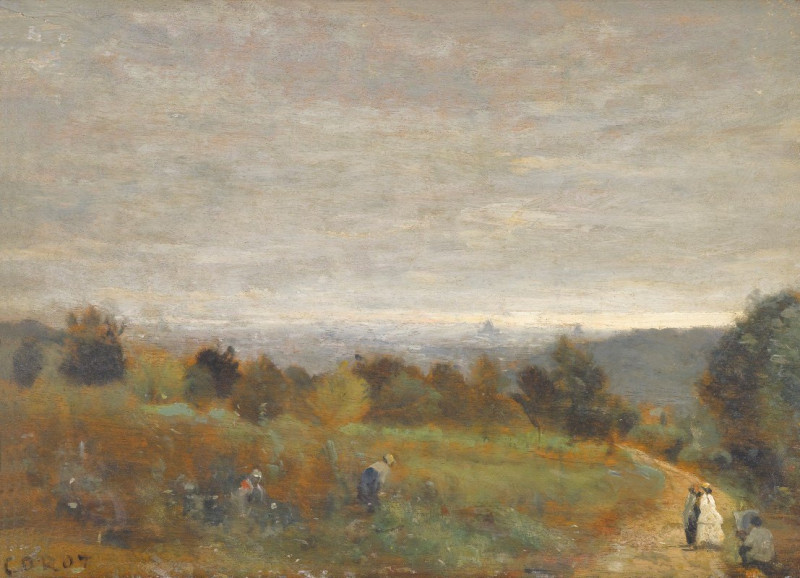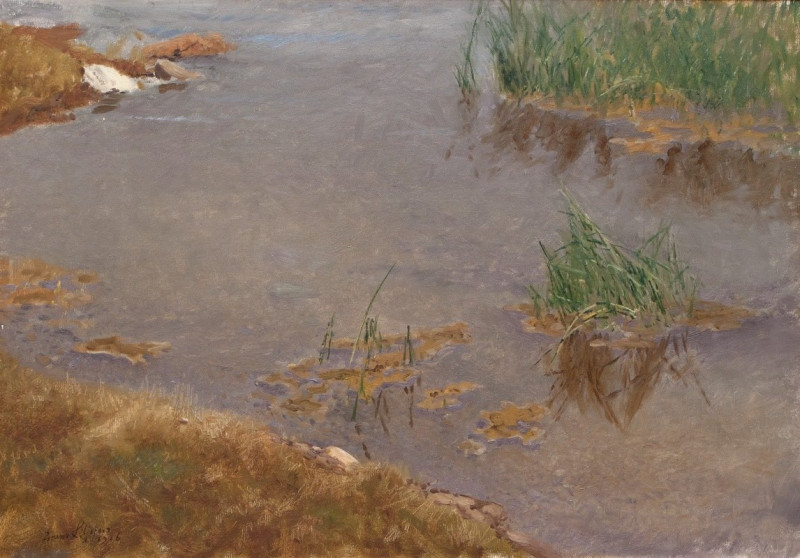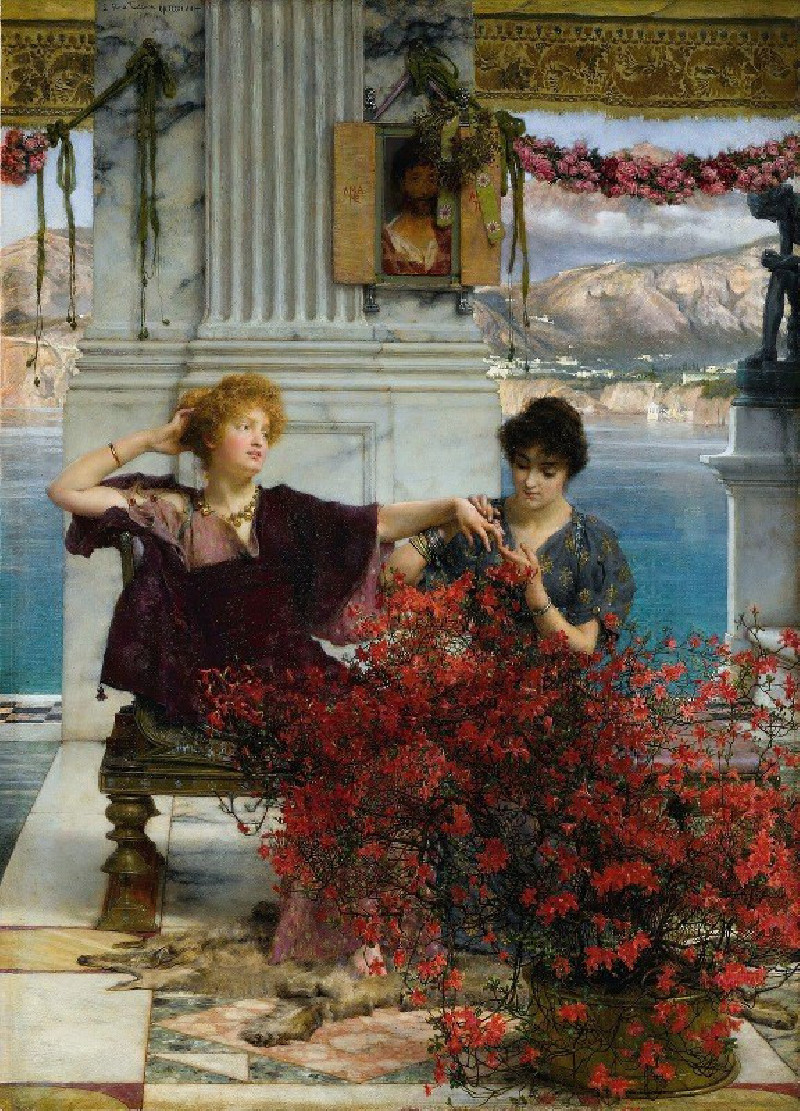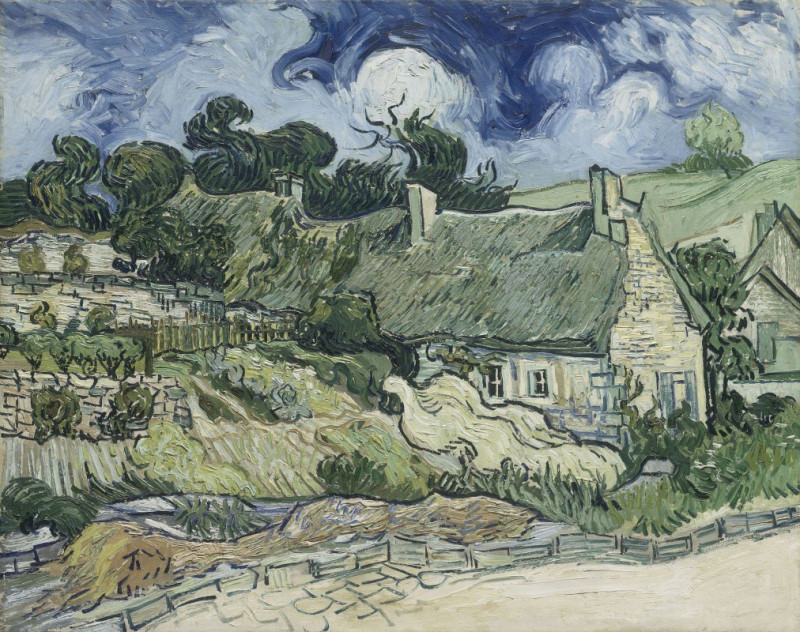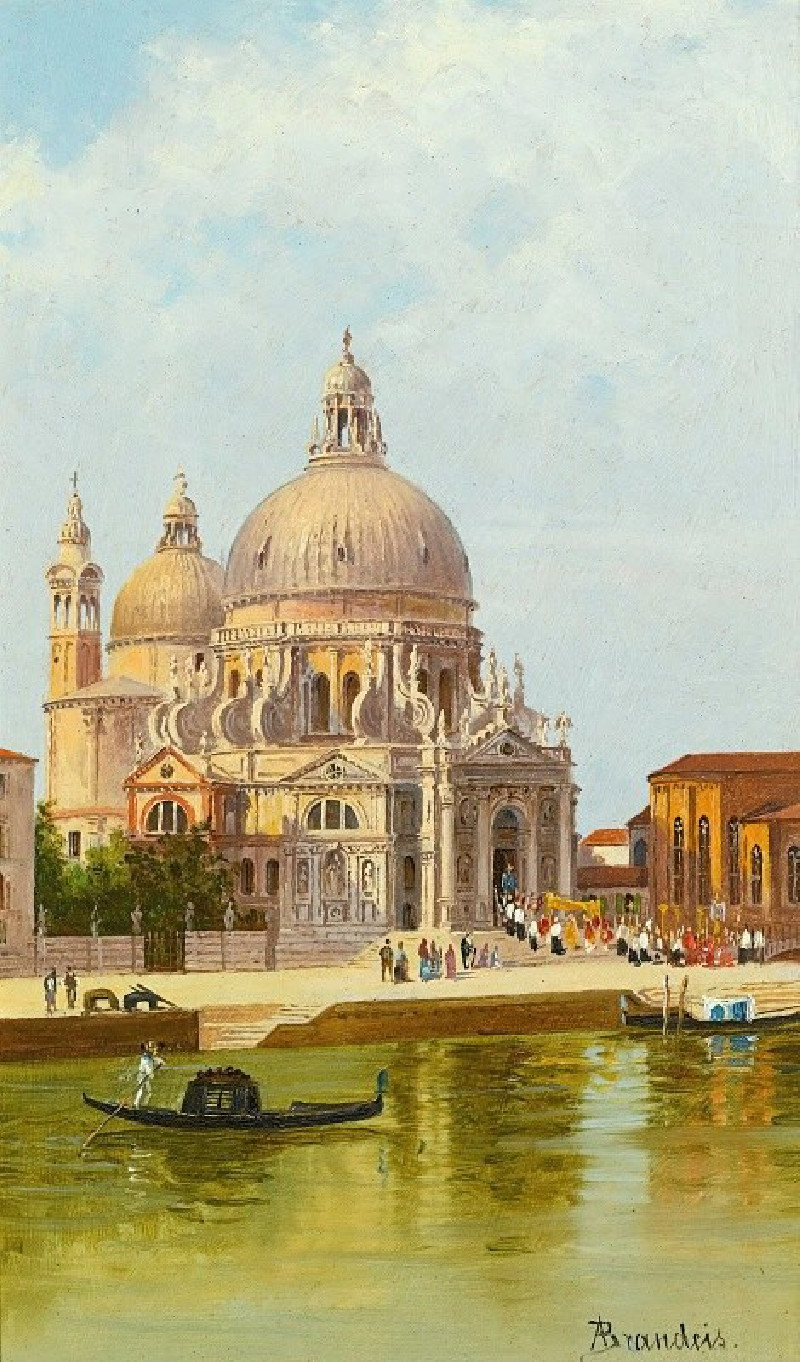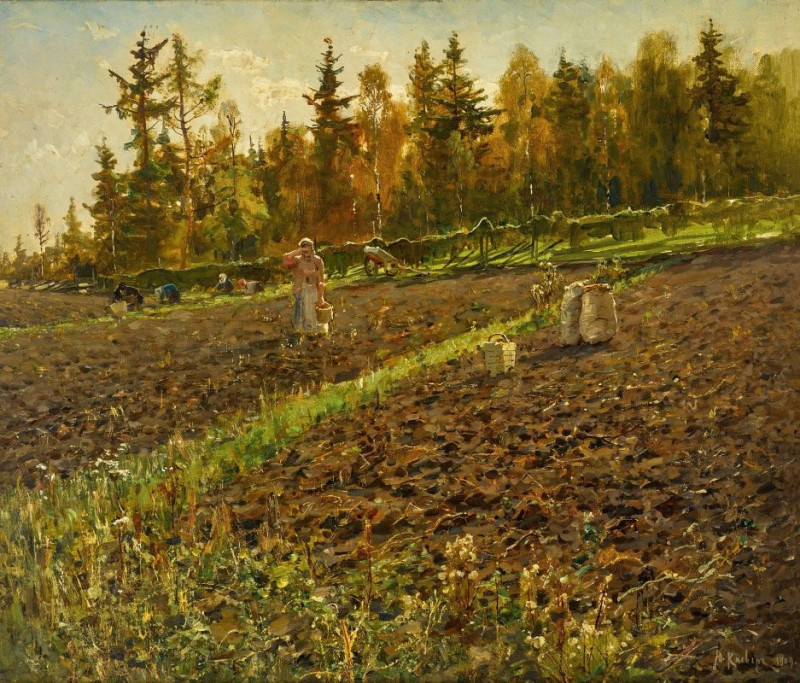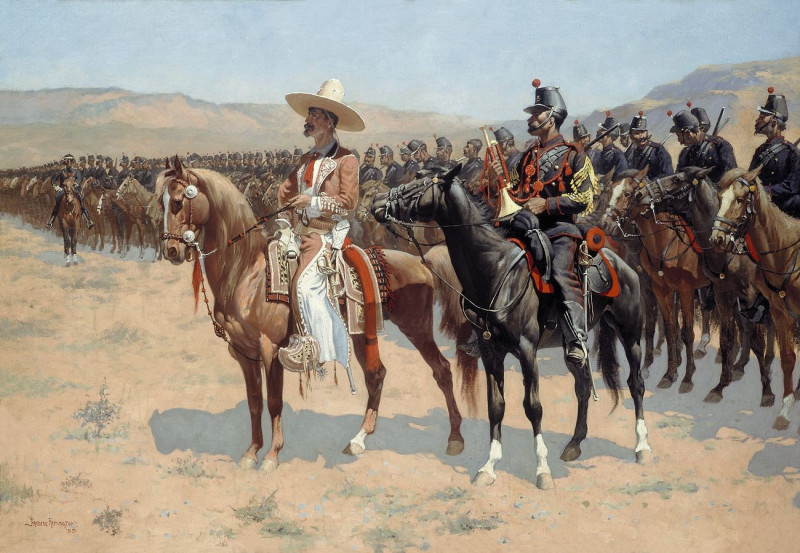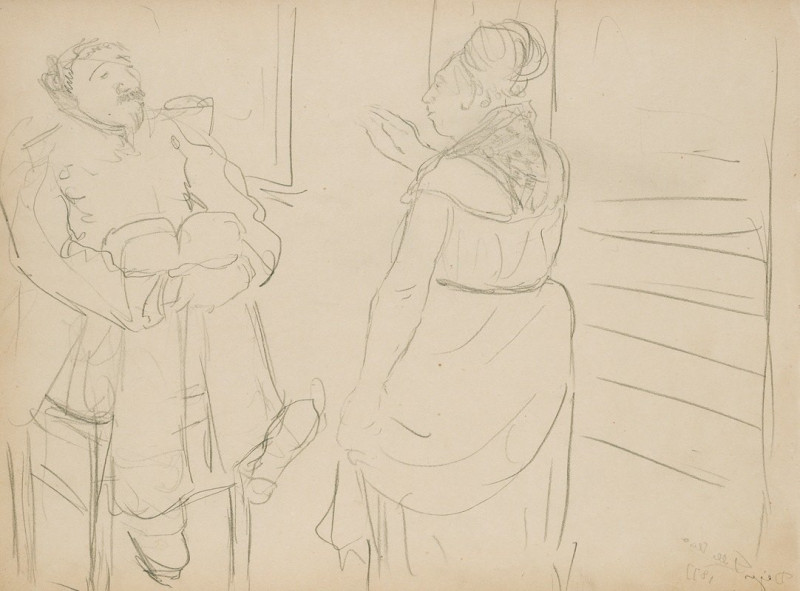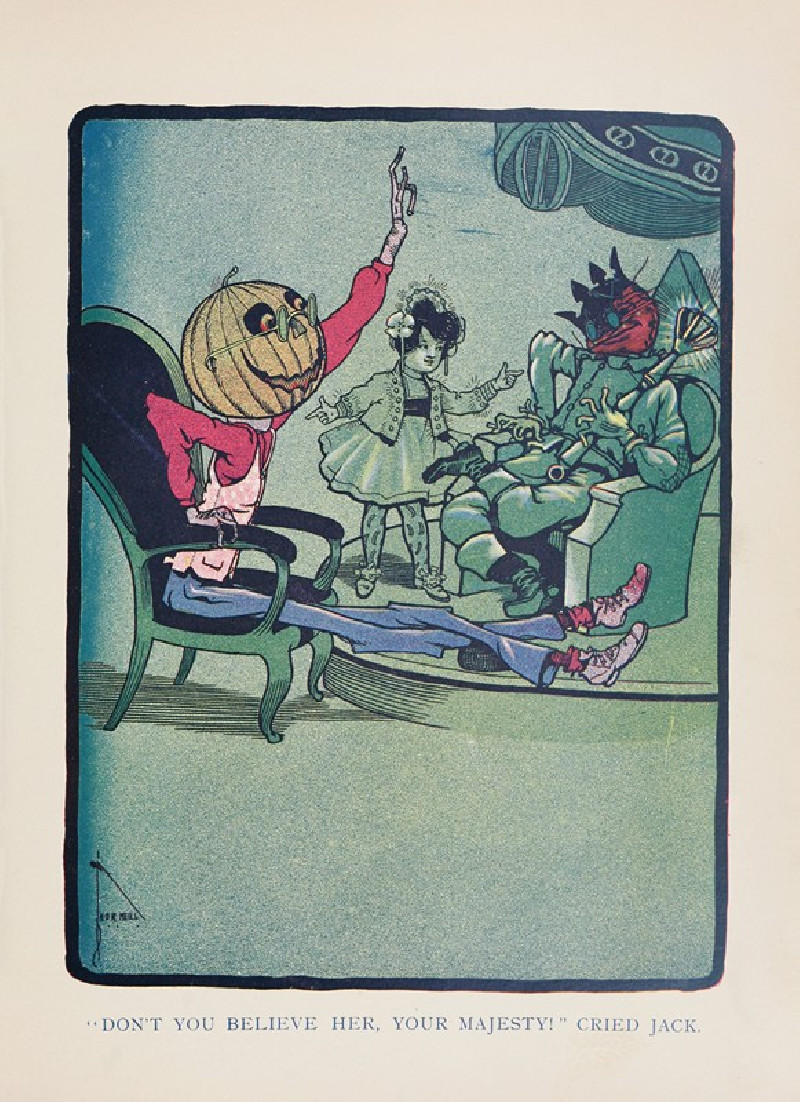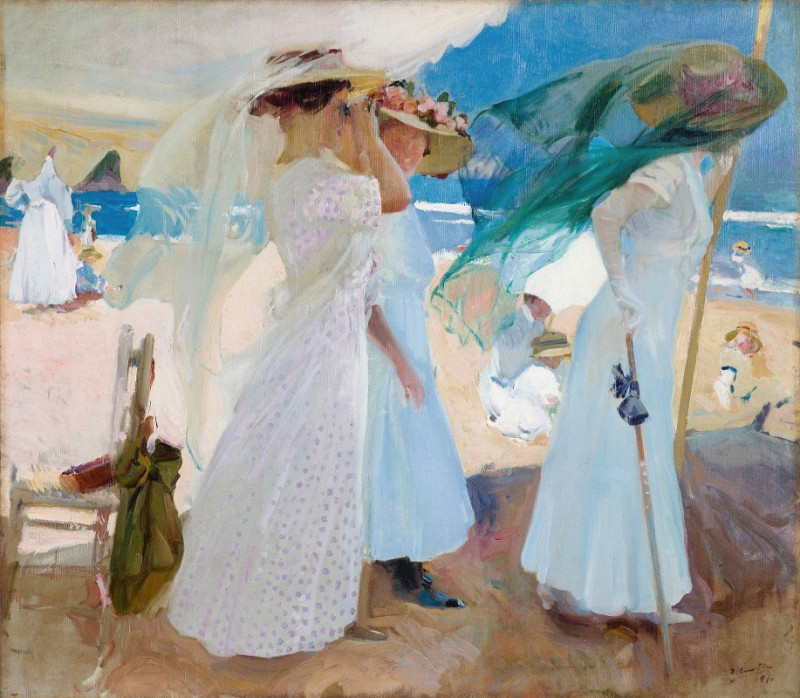Souvenir of Terracina (1864_reworked slightly later)
Technique: Giclée quality print
Recommended by our customers
More about this artwork
Jean-Baptiste-Camille Corot's "Souvenir of Terracina" is a breathtaking painting that captures the serene beauty of the Italian countryside. Painted in 1864 and reworked slightly later, this piece is a testament to Corot's masterful ability to blend realism with the poetic sensitivity of the landscape.The painting invites viewers into a tranquil scene dominated by a majestic, leafy tree under a soft, cloudy sky. Highlighting Corot’s signature attention to the nuances of light and atmosphere, the tree’s lush foliage contrasts beautifully against the diffused light of the sky, creating a sense of depth and volume. To the right, the landscape opens to reveal a distant view of the historical town of Terracina, perched quietly beside the sea. Its subtle incorporation into the painting hints at humanity's harmonious existence with nature.In the foreground, a small group of figures provides a glimpse of daily life, adding a human element to the predominantly natural scene. These figures, depicted in mid-motion, seem to be engaged in conversation, adding a dynamic quality to the otherwise still and quiet environment. Their traditional attire and relaxed postures are painted with Corot's soft brushwork, which enhances the overall feeling of a fleeting moment captured in time."Souvenir of Terracina" by Corot is not just a visual representation of a location; it is an evocative piece that embodies the tranquil and enduring spirit of the natural world. This painting is ideal for anyone who appreciates the subtle interplay of light, nature, and human presence, orchestrated masterfully by one of the leading figures of the Barbizon school.
Delivery
Returns
Jean-Baptiste-Camille Corot was a French landscape and portrait painter as well as a printmaker in etching. He is a pivotal figure in landscape painting and his vast output simultaneously references the Neo-Classical tradition and anticipates the plein-air innovations of Impressionism.

